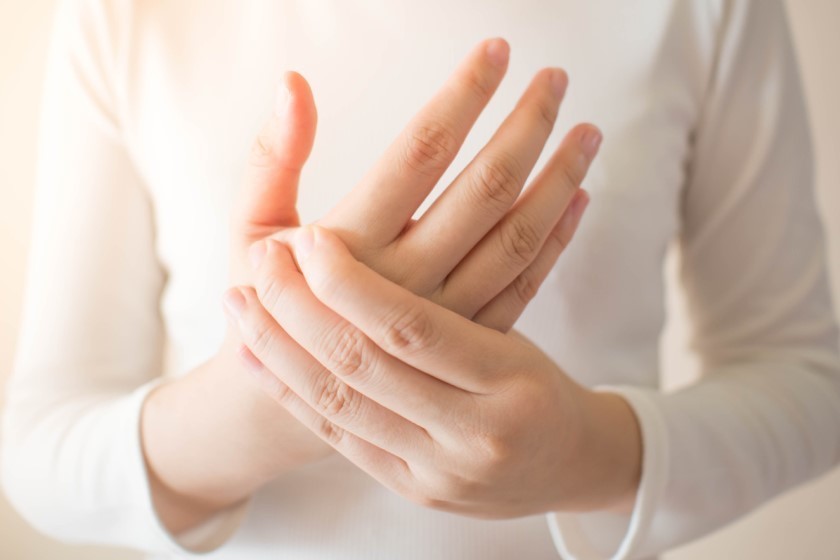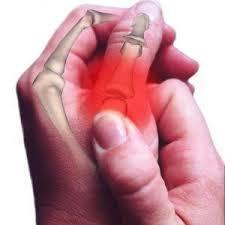
What is Gamer’s Thumb?
Medically known as De Quervain’s tenosynovitis, gamer’s thumb is the inflammation of tendons in the wrist and lower thumb which can cause increased levels of pain. Quervain’s Tenosynovitis is acquired through the rapid, repeated use of thumbs for extensive periods of time and is most prominently acquired through the action of using a video game controller for excessive periods of time, however, there are also many other ways to obtain the injury. Let us break down what happens when an individual is diagnosed with gamer’s thumb.
How exactly does it happen?
Gamer’s thumb occurs when the inflamed tendons in the wrist and lower thumb rub against a narrow tunnel in the hand, which causes pain to the thumb and lower arm. This can result in limited movement of the thumb that results in pain and a popping feeling when attempting to move the thumb.
There are many different ways to obtain De Quervain’s Tenosynovitis that has nothing to do with gaming at all. Some other common causes include:
- Direct thumb injury
- Gardening or racket sports
- Rheumatoid arthritis and other inflammatory conditions
- General overuse (constant smartphone use)
- Repetitive workplace tasks
In addition, certain individuals are more prone to the injury than others. These people include:
- Adults aged 30-50
- Women (8-10 times more likely than men)
- Women fresh out of pregnancy
- Individuals in a working environment that requires constant and repetitive motion of the wrist
Symptoms and signs
As mentioned symptoms include swelling and pain at the base of the thumb, the wrist and along the back of the thumb, directly over the two tendons.
These symptoms can occur over a gradual period of time with increasing levels of pain or can occur suddenly after a long period of thumb use.
How long does it last and how is it treated?
Injury time can vary from 1-6 weeks depending on the severity of the condition, however, treatment is very simple.
A few ways to relieve pain from gamer’s thumb include:
- Over the counter medication (ibuprofen, anti-inflammatories)
- RICE (Rest, Ice, Compression, Elevation)
- Immobilization (use of a splint)
- Physiotherapy/Occupational Therapy
- For severe cases surgery may be required
Delayed onset of treatment may not only hinder recovery time but result in a poorer recovery as well. The sooner treatment is engaged in, the better.
Sumen Singla
Contact Me



